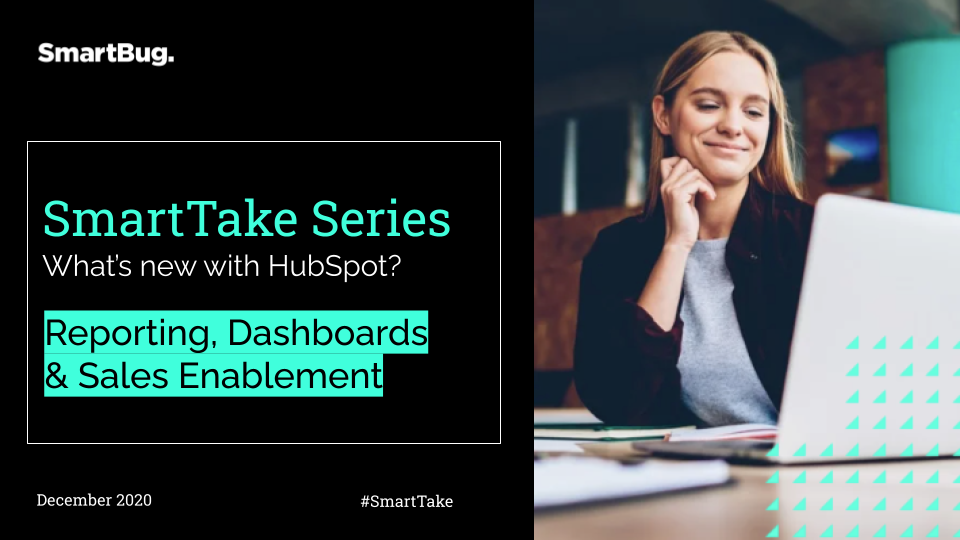
Best Practices for Deciding When to Create a Deal Record in Your HubSpot Portal
March 18, 2021
Answering the sales training question “When do I create a deal record in HubSpot?” is one of my favorites. This means you have a prospect who is interested in engaging with your company. Wonderful!
The answer to this question is relative. Each company has their own situation and appetite for pipeline management, otherwise known as HubSpot Hygiene. The two most common thresholds of when to create a deal record are:
- When a lead requests a demo or consultation
- When the lead meets one of the BANT (budget, authority, need, timeline) criteria
Let’s dive into each of these methods to see which is the best trigger for your organization to create a HubSpot deal record.
When a Lead Requests a Demo or Consultation
This solution is often for the teams that want to capture any and all conversations past the point of an outbound cold call or sales sequence. The prospect may have even filled out a “Request a Demo” or “Request a Consultation” form on your website.
There are sales managers who want to see as much in the sales pipeline as possible—understandably so. And with HubSpot tools, you can easily automate the HubSpot deal record creation, ownership, and rotation of the deal to different team members through workflows.
If this is your preferred method, I would encourage you to set up an initial deal stage as a holding stage (e.g., Demo Not Yet Completed) and then a second stage when the demo has actually occurred. This keeps the deal stages clean and organized, clarifying which deals a sales team is trying to secure an initial consultation for, and which salespeople have successfully completed the initial discovery call.

When the Lead Meets One of the BANT Criteria
For more discerning sales managers, or those companies with lots of leads that fall through at the onset of the sales process, I recommend only establishing deals when one of the BANT criteria is met.
The way to manage this would be to log your calls, meetings, and emails on the contact and company level. When you know the lead has met one of the BANT criteria, establish the deal. There will be fewer deals in the pipeline, but they will often have a better funnel velocity reporting.
Lifecycle Stages
Depending on how you have your HubSpot portal set up, there is an option to have all contacts associated with a deal record change their lifecycle stage to “Opportunity.”
This makes sense at face value. However, remember this caveat: If you decide that any and all leads who request a demo warrant a deal record, and then that lead is closed lost due to lack of BANT criteria, the lead stage will need to be reverted back to its previous status (e.g., lead or marketing-qualified lead).
I encourage this method, because many marketing departments refrain from sending marketing emails to opportunities to avoid derailing the sales conversation in progress. But the sales team member needs to push the lifecycle stage back, so the prospect can be marketed to in the future.
When in Doubt
For a salesperson is in doubt of whether or not they should create a HubSpot deal record, ask yourself these two questions:
- Is there really something to be had here?
- Is this a deal I’m prepared to talk about with my sales manager?
These questions, while simple and straightforward, make you stop and think about the question that may come later from the sales manager: “Tell me about this deal. How’s it coming along?” If you can’t answer that question, it’s probably too early to create a deal record.
About the author
Stephen Lackey is SmartBug's VP of Marketing and he is based out of Charlotte, NC. His background is hyper-focused on marketing and sales enablement, working at Fortune 500 companies, startups, and other industry disruptors. His marketing degree is paired with an MBA where Stephen seeks to uncover the 'why behind the why' within marketing data to drive top line revenue. Read more articles by Stephen Lackey.





















